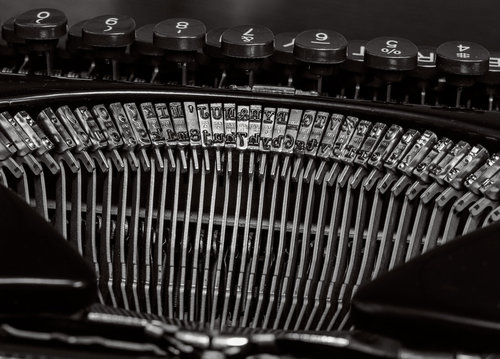At an estate sale on Friday I grabbed this book, thinking it would have some interesting recipes and tips for my vintage home ec blog. It was $5, which I’ll admit is a bit more than I typically pay for a book I know nothing about… Oddly, there was no table of contents to assist me in my evaluation, but the title was intriguing: Bull Cook and Authentic Historical Recipes and Practices .
.

Turns out, it was a fabulous find!
Bull Cook and Authentic Historical Recipes and Practices, by George Leonard Herter and Berthe E. Herter, is the first of a number of books by Geoerge Leonard Herter (some available as modern reprints
(some available as modern reprints ). In fact, Bull Cook and Authentic Historical Recipes and Practices itself would later have three volumes; something I discovered via a trip later that day to a local antique mall, where all three volumes could be found (even later editions, in golden boards; each at $19.95).
). In fact, Bull Cook and Authentic Historical Recipes and Practices itself would later have three volumes; something I discovered via a trip later that day to a local antique mall, where all three volumes could be found (even later editions, in golden boards; each at $19.95).
While I haven’t tested any of the recipes (and there’s more than a few I will probably never ever try!), I can personally attest to the incredible array of topics covered in this vintage book.
Along with recipes for corning liquid, Norwegian Fried Ham, and Fish Tongues Scandinavian, Herter gives you the real history of the Martini, informs you which foods the Virgin Mary was fond of (creamed spinach), instructs you on how to dress a turtle and broil tiger’s feet, and tells you what you must know in case of a hydrogen bomb attack. It’s rather as the author promises right on the first page:

I will start with meats, fish, eggs, soups and sauces, sandwiches, vegetables, the art of French frying, desserts, how to dress game, how to properly sharpen a knife, how to make wines and beer, how to make French soap and also what to do in case of hydrogen or cobalt bomb attack, keeping as much in alphabetical order as possible.
But what makes this book so engaging — or, as Paul Collins calls it in The New York Times, “one of the greatest oddball masterpieces in this or any other language” — is its author. Collins describes George Leonard Herter as “a surly sage, gun-toting Minnesotan and All-American crank” –which translates easily enough to “old coot,” a breed I am particularly fond of.

Herter was the heir to Herter’s, Inc., an outdoor sporting goods business founded in 1893 located in Waseca, Minnesota. (The company closed decades ago; but the brand lives on via Cabela’s — and hunters and sportsmen are avoid collectors of vintage Herter’s items.)

It’s not quite clear if Herter’s authorship was simply a genius marketing move, or if he just had more he was desperate to say — even after writing thousands of product descriptions and essays for the company’s catalogs, like this 1974 “How to Buy an Outdoor Knife” essay, whi to promote Herter’s Improved Bowie Knife:
An outdoor knife must be made for service–not show. Your life may depend on it. Real outdoor people realize that so-called sportsmen or outdoor knives have long been made for sale, not for use. The movies and television show their characters wearing fancy sheath knives. Knife makers advertised them and drugstore outdoorsmen bought them. [insert a picture that looks something like a Marble Woodcraft or an old Western fixed blade here] Nothing marks a man to be a tenderfoot more than these showy useless knives.
Ahh, classic Herter.
But whatever the case, savvy marketing or the need to “talk,” Herter was prolific and opinionated in his writings.
Most of Herter’s books were, at least in title, based upon the sporting goods business and the outdoorsman’s life — even with a few giant steps into the domestic world. However, his book How To Live With A Bitch is not — I repeat NOT, about a female hunting dog. (If you cannot find a copy listed among Herter’s works at eBay, check Amazon for this elusive gem.)

So, what begins with a $5 bargain (for a hardcover copy of a 1961 third printing), leads to more fascinating fun than I can barely stand — but wait! There’s more!
I found this book on Friday morning at an estate sale, spotted the three volumes at an antique mall later that afternoon, and then I even managed to snatch another copy (1963, sixth printing) for $6 at an auction on Saturday! This makes me very hopeful that more Herter books will fall into my hands — and I’m thrilled to do more of the collector’s kind of hunting.
Further reading:
A review of Bull Cook and Authentic Historical Recipes and Practices, by George Leonard Herter and Berthe E. Herter at Neglected Books.
Reminiscing about Herter’s at Topix.
Image credits:
Photo of George Herter, by Peter Marcus (1966) via the NY Times article by Paul Collins.
Vintage photo of Herter’s Inc. via Waseca Alums.















